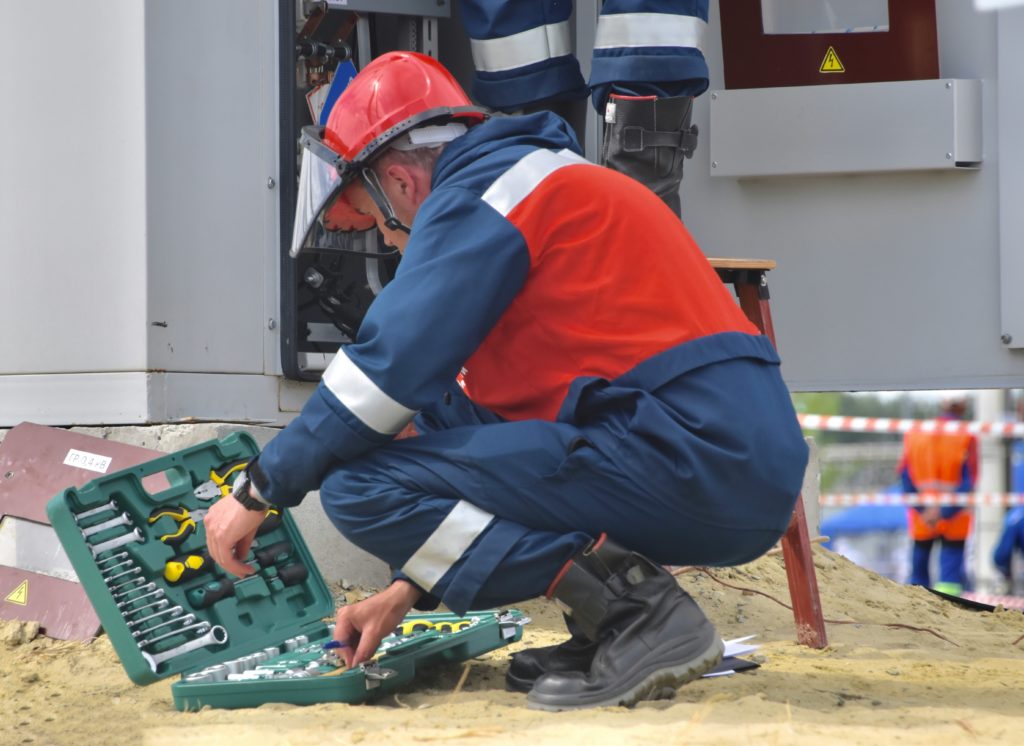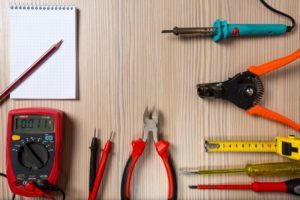When it comes to being an electrician, safety is everything. But comfort shouldn’t be overlooked either. That’s why having the right electrician work boots can make all the difference in how well you work, how you feel, and most importantly, how safe you are on the job. Electricians face unique challenges, and a pair of well-designed boots is essential gear. Whether you’re a journeyman electrician or just starting out, you need the best combination of protection, durability, and comfort to keep your feet happy all day long.

In this guide, we’ll explore what makes the best work boots for electricians, how to choose the right pair for your needs, and some of the top options available today.
Table of Contents
Why Do Electricians Need Special Work Boots?
Not all work boots are created equal—especially if you’re working around electricity. The primary concern for electricians is safety from electrical hazards. The best electrician work boots are specifically designed to insulate you from electric shocks, while still providing ample support and comfort for long work hours. Here are some reasons why they’re crucial:
- Electrical Hazard Protection: Many electrician work boots are rated for electrical hazard protection, which means they’re designed to keep you safe from electrical currents.
- Non-Conductive Soles: Good electrician boots are made with non-conductive soles to reduce the risk of electrocution.
- Comfort for Long Hours: Electricians are often on their feet all day. A good pair of boots provides the right cushioning and arch support to keep fatigue at bay.
Key Features to Look for in Electrician Work Boots
When you’re searching for electrician work boots, there are some specific features to keep an eye out for:
1. Electrical Hazard (EH) Rated
EH-rated boots are essential for electricians. This rating ensures that the boots offer insulation against electrical currents up to 600 volts. Make sure the pair you choose is certified for electrical hazard protection.
2. Slip-Resistant Soles
Electricians work in a variety of environments, from construction sites to residential areas. Slip-resistant soles are crucial to ensure stability on slick surfaces.
3. Comfortable Cushioning
Working as an electrician means you might spend 8-10 hours on your feet. Boots with comfortable insoles, adequate arch support, and proper shock absorption can make your day more bearable.
4. Durability
Electrician work boots need to be tough. Look for high-quality leather, double stitching, and other durability features that ensure your boots last through challenging conditions.
Top Electrician Work Boots of 2024
To save you time, we’ve put together a list of some of the best electrician work boots that are available today, considering safety, comfort, and durability.
1. Thorogood Men’s American Heritage Safety Toe Work Boots
These boots are built with high-quality leather and offer excellent support. They feature an EH rating and are crafted to be both tough and comfortable for long work shifts. The cushioned insole provides ample shock absorption, making it easier on your feet.
- Pros: Durable, electrical hazard protection, comfortable
- Cons: Higher price point
2. Red Wing Heritage Iron Ranger 6″ Boot
Red Wing is known for its quality, and the Iron Ranger does not disappoint. Although they lack some specific EH ratings, they’re made of non-conductive materials, making them a popular choice for electricians looking for a blend of safety and style.
- Pros: Stylish, durable
- Cons: Requires a break-in period
3. Caterpillar Men’s Second Shift Work Boot
These Caterpillar boots are an affordable option that still delivers on safety. With slip-resistant soles, a padded collar, and a breathable design, these boots help keep your feet comfortable all day long.
- Pros: Affordable, slip-resistant, EH rated
- Cons: Not as lightweight as other options
Frequently Asked Questions About Electrician Work Boots
Q1: What Makes Work Boots EH Rated?
EH-rated boots are made with insulating materials that protect against electrical hazards, typically up to 600 volts. This makes them suitable for electricians who are working in potentially live environments.
Q2: How Often Should I Replace My Electrician Work Boots?
It’s recommended to replace your boots every 12-18 months, depending on the wear and tear. If the soles are worn out, or if they’re no longer comfortable, it’s time to replace them.
Q3: Are Steel-Toe Boots Good for Electricians?
While steel-toe boots provide excellent protection against falling objects, electricians should opt for non-metallic options like composite-toe boots. Metal can conduct electricity, which can pose an added risk.
Tips for Choosing the Right Electrician Work Boots
Finding the right pair of electrician work boots can seem overwhelming, but here are a few tips to simplify the process:
- Try Them On In-Store: If possible, try on the boots to ensure they fit comfortably. Your feet can swell during a long day, so make sure there’s enough space without being too loose.
- Look for Quality Brands: Brands like Wolverine, Red Wing, and Thorogood are known for their durability and comfort.
- Don’t Forget About Socks: Pairing your boots with quality moisture-wicking socks can make a big difference in comfort and hygiene.
Conclusion: Invest in Quality for Your Comfort and Safety
Electricians face hazards every day, and having the right gear is crucial for staying safe. Electrician work boots aren’t just another part of the uniform—they’re a necessity for comfort, safety, and performance on the job. From electrical hazard ratings to slip-resistant soles, investing in a high-quality pair of work boots will keep your feet protected while also keeping you comfortable for those long workdays.
So, if you’re looking for a new pair of boots, consider the recommendations we’ve covered here. Keep in mind what features matter most for your particular job—your feet (and your safety) will thank you for it.



